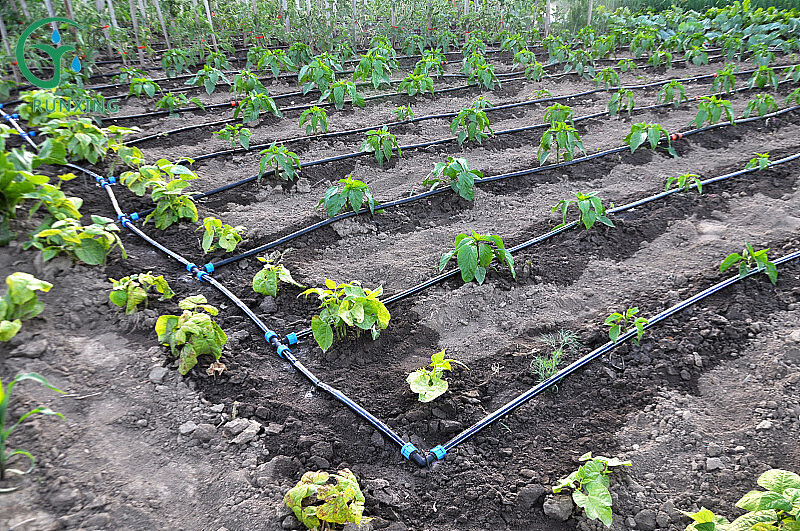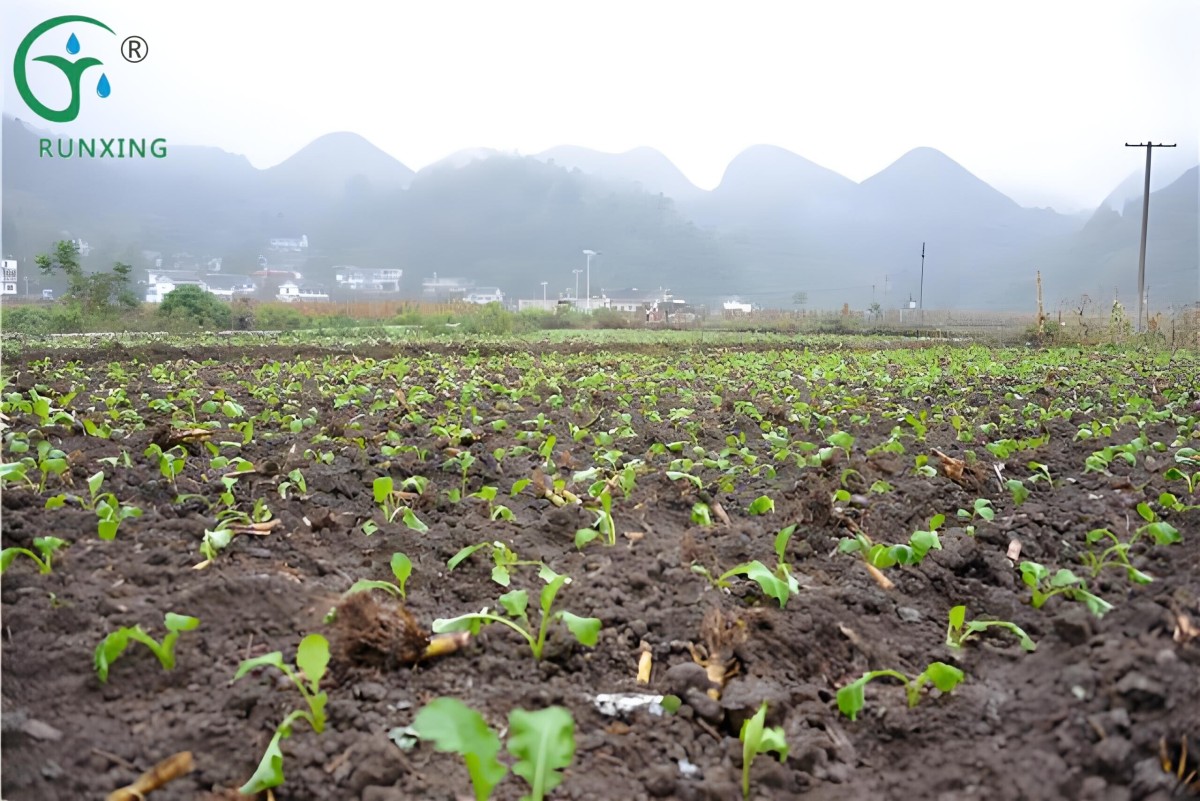Oilseed Rape Cultivation and Drip Irrigation Systems: Creating Efficient, Bountiful Fields
Hello everyone, welcome to our daily science popularization article. Today, we're diving into a topic of great interest: does oilseed rape cultivation require drip irrigation systems? And if so, what kind of drip irrigation equipment should be selected, how should it be laid out, and what practical planting tips can help us grow better oilseed rape?

Oilseed Rape Cultivation and Drip Irrigation Systems
First, let's discuss whether oilseed rape cultivation necessitates drip irrigation systems. The answer is yes. As an important crop, oilseed rape has high demands for water and nutrients during its growth process. Drip irrigation systems, as advanced soil moisture management technology, deliver water and fertilizers directly to the plant's root zone, ensuring the plant's roots fully utilize water and nutrient resources. This not only enhances oilseed rape yield and quality but also effectively reduces water wastage and evaporation, promoting energy conservation and environmental protection.
Selecting the Right Drip Irrigation Equipment
So, what kind of drip irrigation equipment should we choose? Here are some key recommendations:
Drip Tape: Drip tape is the core component of drip irrigation systems, responsible for delivering water and fertilizers to plant roots. When selecting drip tape, ensure it has good anti-aging and corrosion resistance properties, while maintaining stable flow and uniform water output.
Fertilizer Injector: A fertilizer injector mixes fertilizers with water and delivers them into the drip irrigation system, achieving integrated water and fertilizer management. When choosing a fertilizer injector, ensure it has excellent sealing and corrosion resistance properties to prevent fertilizer from corroding the equipment.
Main and Lateral Pipes: Main and lateral pipes transport water and fertilizers to individual drip tapes. When selecting these pipes, ensure they have good pressure resistance and corrosion resistance, while meeting the required diameter and length for practical needs.
Laying Out Drip Irrigation Equipment
Next, let's look at how to lay out drip irrigation equipment:
Land Preparation and Bed Formation: First, level the land and form beds. Typically, beds should be 70-90 cm wide, with ditches 50-60 cm wide and beds 25-30 cm high. This ensures drip tape can evenly cover plant roots and spacing.
Installing Drip Tape: Install drip tape in the hidden ditches on the bed surface and adjust it before covering with mulching film. This prevents issues with the drip irrigation system after mulching. Additionally, ensure the drip tape is positioned at an appropriate distance from plant roots to allow roots to fully absorb water and nutrients.
Connecting Pipes: Connect the main and lateral pipes and ensure they have good sealing performance. Then, connect the fertilizer injector to the main pipe for integrated water and fertilizer management.
Practical Oilseed Rape Planting Tips
Beyond drip irrigation systems, here are some practical planting tips to help us achieve better oilseed rape yields and quality:
Variety Selection: Choosing high-quality varieties adapted to local ecological conditions is crucial for increasing oilseed rape yields. Consider local climate conditions, soil fertility, and cropping systems when selecting varieties.
Reasonable Plant Density: Reasonable plant density improves oilseed rape's light utilization efficiency and yield. Generally, planting about 12,000 plants per mu (a Chinese land measurement unit) is advisable. Also, adjust plant spacing to maintain a reasonable population structure.
Scientific Fertilization: During oilseed rape growth, fertilize scientifically based on plant needs and soil fertility. Apply starter and growth-promoting fertilizers to meet oilseed rape's demands at different growth stages. Additionally, use a combination of organic and chemical fertilizers to improve soil fertility and oilseed rape quality.
Pest and Disease Control: Oilseed rape often faces various pest and disease infestations during growth. Therefore, strengthen pest and disease control efforts, choose pest-resistant varieties, conduct regular field inspections, and promptly identify and address pest and disease issues. For existing pest and disease problems, adopt scientific and effective control measures, such as chemical and biological controls.

Through today's science popularization article, we've gained insights into the relationship between oilseed rape cultivation and drip irrigation systems, as well as the selection and layout of drip irrigation equipment. We've also learned some practical oilseed rape planting tips. We hope these contents can help you better cultivate oilseed rape and achieve better yields and quality. Thank you.
If you have any needs, please contact us.
About Us
We are dedicated to offering innovative, water-saving, and labor-saving irrigation solutions for agriculture worldwide. Our focus on quality and continuous innovation drives the development and progress of the industr
LOGO
This stunning beach house property is a true oasis, nestled in a serene coastal community with direct access to the beach.
Opening Hours
Monday - Friday : 9AM to 5PM
Sunday: Closed
Closed during holidays
Contact
+18888888888
hezuo@eyingbao.com123 West Street, Melbourne Victoria 3000 Australia
